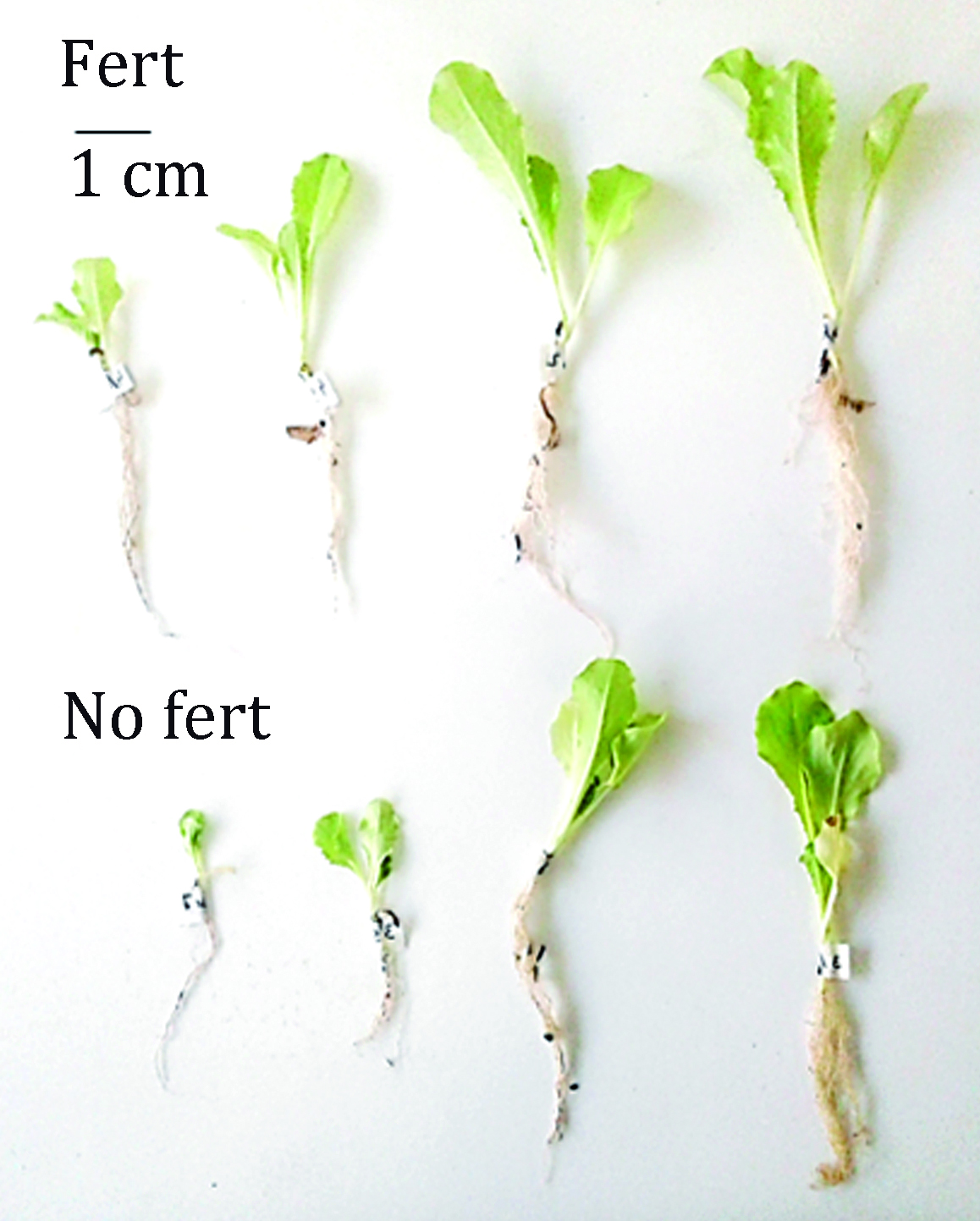Performance of grape marc and organic residues compost as substrate in lettuce (Lactuca sativa) seedlings
Keywords:
composting, goat manure, split plot, germination indexAbstract
Composting is an aerobic process used to treat organic residues, which results in a high quality product, able to be adopted as plant substrate or soil amendment. In the present study, the performance of compost on the germination and biomass of Lactuca sativa var Grand rapids seedlings, with and without fertilization, was evaluated. The two types of composts used were prepared from two different raw materials: grape marc and a mixture of grape marc, goat manure, leaves and alfalfa. The experiment was carried out in seedling trays, in a split plot design with two factors (fertilization and substrate) and four repetitions. Sand were used as control and a commercial substrate as traditional treatment. Results indicated that fertilization had not significant effect on germination, but increased seedling biomass. Both compost also increased lettuce biomass, with the highest values obtained in mixture compost treatments. Only sand produced the lowest germination values, while no differences were detected among the other substrates. Compost mixture showed the highest seedling biomass, suggesting a higher quality as a plant substrate. It is necessary to perform further analyses and studies with different organic residues in order to determine physico-chemical and biological properties to evaluate the quality of the product obtained.

Downloads
Published
Issue
Section
License
Aquellos autores/as que tengan publicaciones con esta revista, aceptan las Políticas Editoriales.


